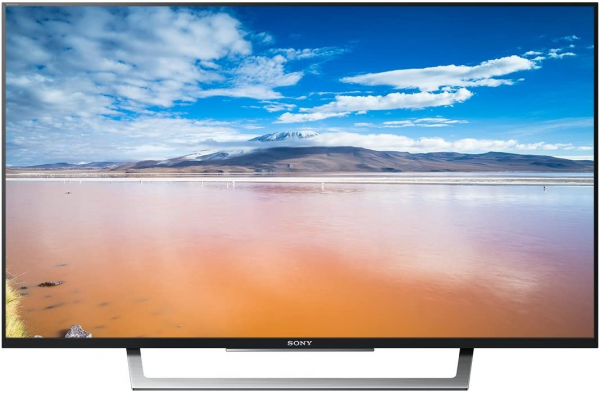Sony
Sony KDL-32WD750: not ideal for home theater
Aprox. 350€
See specificationsThe KDL-32WD750 is Sony's most advanced Full HD TV in 2016 and yet it has a lot to learn from its predecessors.
Positive points
Color fidelity.
Neat design.
Fluid interface (but limited).
Display delay.
Viewing angles.
Bad points
Limited contrast.
Homogeneity of the slab.
Only two HDMI inputs.
No motion compensation system.
Our review
Presentation
The difference compared to the WD650 is limited to the backlight system (Edge LED on the WD750, Direct LED on the WD650). For the rest, the two TVs share exactly the same characteristics. This Sony KDL-32WD750 has a 32 inch 50 Hz Full HD panel (1920 x 1080 px), a Motionflow XR 200 Hz flow index, still limited connectivity, but Wi-Fi and a few connected functions.
The Sony KDL-32WD750 retails for around € 450. It is available in 43 and 49 inch versions at the respective prices of around € 550 and € 700.
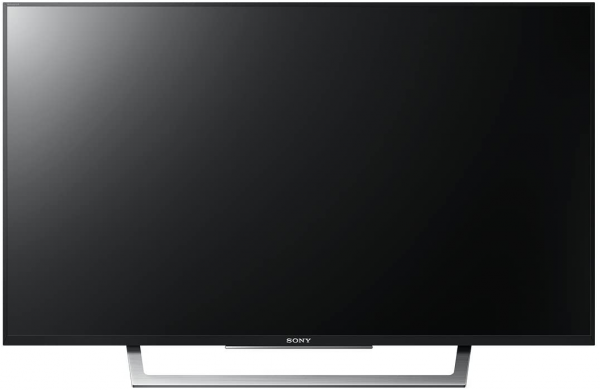
Image quality
First surprise, this TV is not equipped with a VA panel - the usual LCD technology from Sony - but an IPS panel. This technology offers good viewing angles, at the expense of contrast, which is often very low compared to that of a VA or Oled panel. The loss of brightness when looking from the side is therefore relatively limited compared to VA models. We thus measured a loss of 40% at 45 ° on the sides, but above all, the depth (all relative) of the black is preserved. The screen coating is shiny and the reflections are quite visible. Anti-reflective treatment has almost no effect. Fortunately, once the screen is turned on, the majority of reflections almost completely disappear. It is still better to choose the location of the TV.
Contrast is clearly the weak point of this model. It does not exceed 790: 1. The use of dynamic backlighting slightly increases the contrast, but it results in an annoying pumping effect and a fanciful gamma. So we disabled it for our measurements. The blacks are not pronounced enough and a black background often appears gray. We measured a brightness peak at 394 cd / m², but this TV - like all Full HD models - is not HDR compatible. This light power does not really matter (we make our measurements by calibrating the white at 150 cd / m²), but it is useful for use in broad daylight in a brightly lit room.
The colors are faithful to those sent by the source (Delta E average measured at 2.6 in Cinema mode; the eye can no longer distinguish the drifts below 3).
In Cinema mode, the gamma is automatically set to -2. We set the gamma to -1 to approach the reference gamma (2,2). The curve is then relatively stable, except for the very light grays which are slightly overexposed. The average is 2.1.
The temperature is very well managed: the curve is stable and the average temperature (6,440 K) is very close to the 6,500 K reference.
Compared to the very good Sony KDL-43W755C of last year, the 32WD750 skips the 100/120 Hz panel and is content with a 50/60 Hz panel. Sony offers a backlight scan in the options which improves the sharpness of moving images, but it causes a very strong flickering of the image which makes it almost unusable. Likewise, this TV does not use Sony's MotionFlow compensation system.
We measured the remanence time at 16 ms. The panel is therefore not very reactive, especially for a Full HD model. On this point, the Sony 32WD750 does a lot worse than the 43W755C (10 ms).
This TV catches up with the delay in display. In cinema mode, we measured the display delay at 25 ms. In Game mode, the input lag remains almost identical (24.7 ms), which represents a little more than 1.5 images per second of delay compared to the source. This delay in display is excellent. The fierce competitors will find their account there, even if the reactivity of the slab is a little limited.
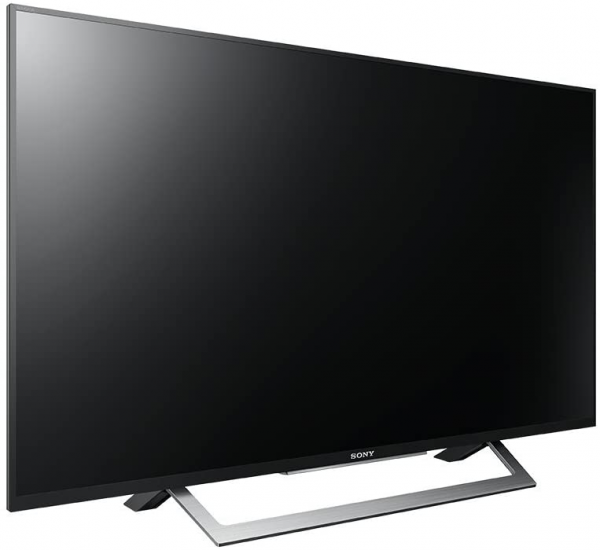
Clouding
The KDL-32WD750 is equipped with an Edge LED backlight system using a single LED bar located at the base of the panel. Edge Led technology is sensitive to shocks and the filter can be damaged during transport, which can result in a clouding problem on arrival. We did not find this problem on our test copy.
The average difference in uniformity of white over the entire slab is measured at 25%; too high a value. As a reminder, the eye perceives a difference when the difference in homogeneity is greater than 20% and the drop is here very visible in the corners where the brightness goes to 70 cd / m² when it is 150 cd / m² at center.
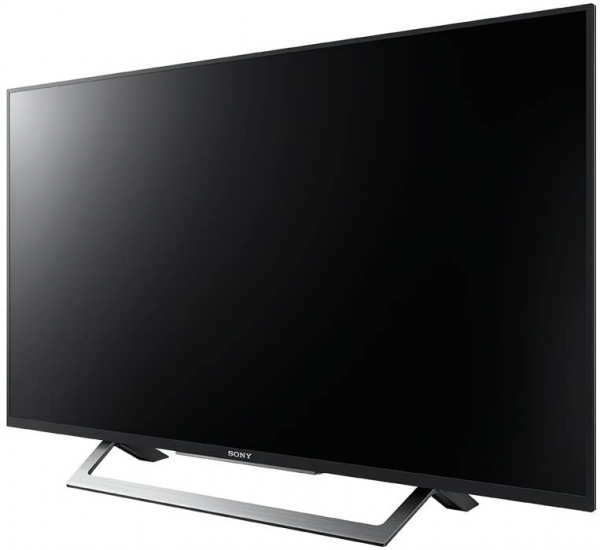
3D
This TV is not compatible with 3D.
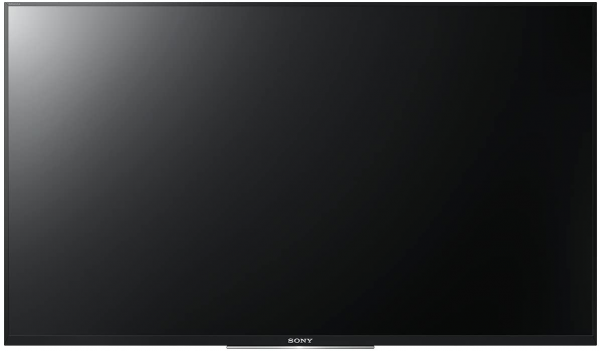
Ergonomics
The design, classic for Sony, uses the codes of the 2016 range, with a border of color on the edge and very thin screen edges. These edges greatly reduce the size of the TV which looks really tiny on our furniture. Sony did not make a mistake and the whole is very sober.
The surface occupied on the furniture corresponds to that of the foot, in particular the depth, which is here 21.8 cm. The TV alone is only 6.1 cm deep.
The connection is rather light. You have to be content with two HDMI 1.4 inputs and make a cross on the component (YUV) and composite inputs. Sony offers two USB 2.0 ports, an Ethernet port, an optical digital audio output, a Scart socket and a headphone output. This TV also has Wi-Fi 802.11 b / g / n and a simple DVB-T (TNT) and DVB-C (cable) tuner.
Like the Sony KDL-40WD650, the 32WD750 does not operate Android TV, unlike the manufacturer's slightly higher-end models. You have to settle for a more basic Smart TV system that only gives access to a dozen applications (Netflix, Dailymotion, YouTube, Wuaki, MeteoNews, etc.). If this system does not give access to advanced multimedia functions, it has the advantage of being very simple and very fast. The media player is just average, it supports a few containers like the MKV, but not the .AVI and the H.264, VC-1 and MP4 codecs. As often, ISO images are not supported.
The remote control is very classic. It is less pleasant to handle than that of the WD650, but the main keys fall naturally under the thumb. We find all the features and even multimedia keys for controlling the integrated multimedia player. Obviously, in this price range, the keys are not backlit.
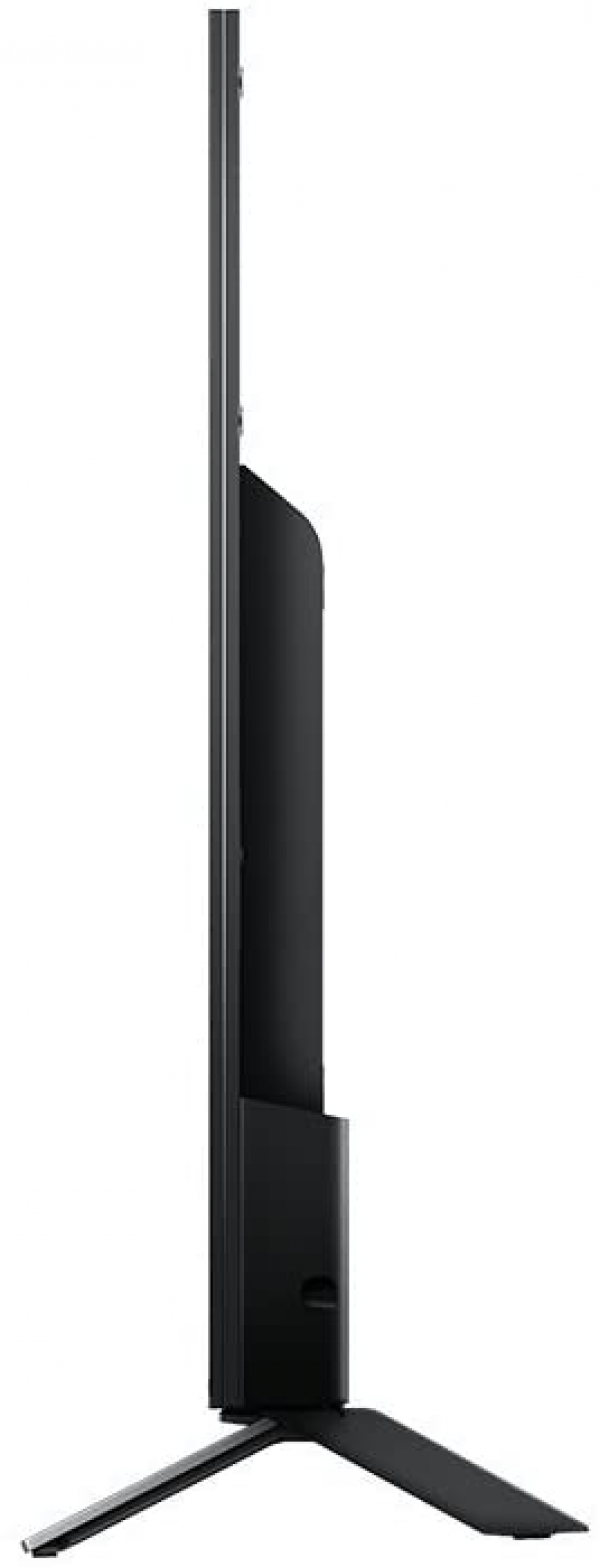
Audio
The Sony KDL-32WD750 has two 5-watt speakers. The sound is certainly not the strong point of this model. It covers the spectrum between 250 Hz and 4,000 Hz fairly well. The voices are intelligible, but the bass is nonexistent. As usual, to get the most out of this TV, you have to turn to external speakers, such as a sound bar, a home theater system or even PC speakers.
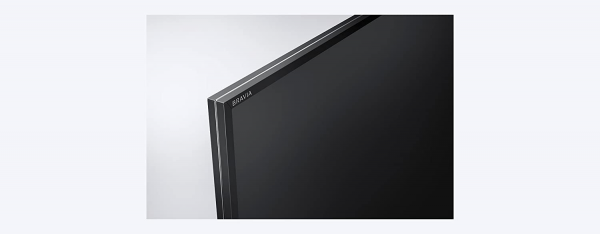
Consumption
The power consumption is measured at 29 watts on our test pattern. The relative consumption rises to 103 W / m². This is much more than that of the Sony KDL-40WD650 which was satisfied with a relative consumption of 73 W / m². This consumption is in line with the average of the TVs tested (100 W / m²), but it is high compared to the models tested in 2016. Standby consumption is still less than 1 W.
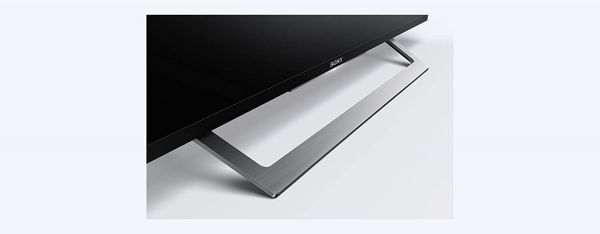
Conclusion
Unlike other Sony TVs that use VA or PSA panels, this KDL-32WD750 uses an IPS panel which, admittedly, offers good viewing angles, but which limits the contrast and in fact prohibits Home Cinema use due to blacks greyish, especially in the dark. In the end, the Sony 32-WD750 is not bad (well calibrated image and delay in displaying content), but its price is totally disproportionate to the services provided.
Specifications

